Porsche is a name synonymous with luxury, engineering excellence, and performance. The brand has become an icon in the automotive world, known for creating some of the most coveted sports cars in history. Among the many remarkable models that have rolled off Porsche’s production lines, one stands out as the rarest and most enigmatic: the Porsche 917.
Initially, this car’s legacy was shrouded in mystery, as it was hidden from public view for decades. Despite its racing pedigree and incredible performance, the Porsche 917 became one of the most elusive vehicles in automotive history.
The reasons behind its secrecy are multifaceted and intertwined with the evolution of Porsche itself, the culture surrounding automotive racing, and the complex nature of high-stakes car manufacturing.
This article will delve into the history of the Porsche 917, exploring the reasons why it was hidden for so many years, the circumstances of its rediscovery, and the profound impact it has had on the automotive world.
The Porsche 917 was introduced in 1967, a product of Porsche’s ambition to dominate the world of motorsport. Designed as a prototype for endurance racing, the 917 was a response to the growing competition in the world of sports car racing, especially at the prestigious 24 Hours of Le Mans.
The car’s innovative engineering and aerodynamics were revolutionary for the time, featuring a lightweight chassis, a powerful 4.5-liter V12 engine, and a streamlined body that set it apart from its competitors.
The 917 would go on to achieve great success, securing Porsche’s first victory at Le Mans in 1970 and 1971. However, despite this success, the 917 would soon find itself shrouded in secrecy, with the car itself disappearing from the public eye for decades.
Also Read: 10 Best First Cars for New Drivers and 5 to Avoid
One of the most compelling aspects of the Porsche 917’s story is its connection to the world of motorsport and the strategic decisions made by Porsche’s leadership during the late 1960s and early 1970s. The decision to hide the 917 was not purely one of chance or disinterest, but rather part of a calculated effort to protect the car’s mystique and legacy.
In this article, we will explore the reasons behind Porsche’s decision to hide the 917, the role of racing politics, and how the car’s rediscovery has added to its mystique and value as one of the most sought-after vehicles in history.
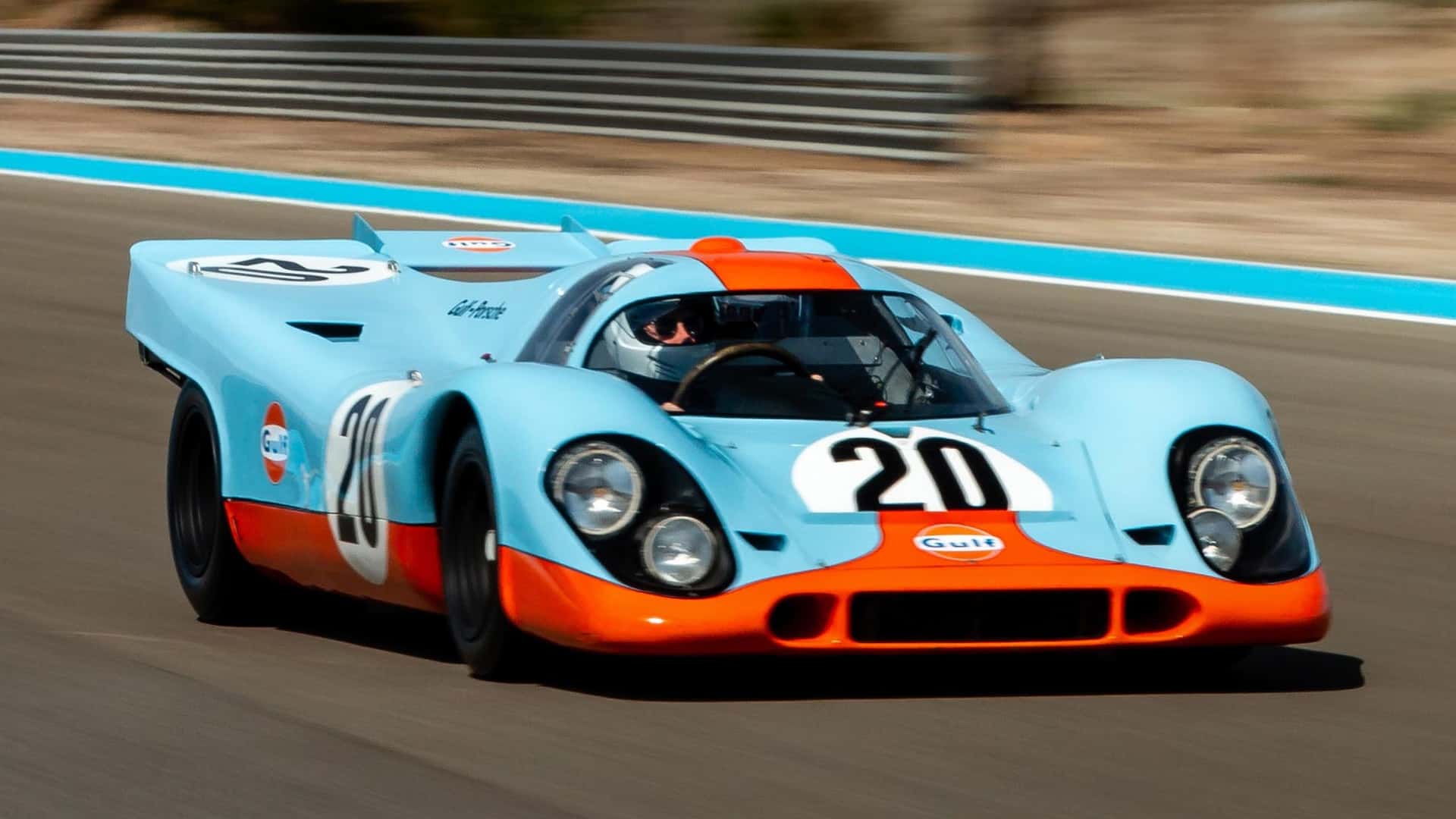
The Birth of the Porsche 917: A Racing Icon in the Making
The Porsche 917 was the culmination of years of research and development by the German automaker. In the 1960s, Porsche was already well-established as a manufacturer of high-performance cars, but its racing division was still in its infancy.
While the company had seen success with the 356 and 911 in the sports car market, it had yet to make a significant impact on the world of endurance racing. In the highly competitive realm of Le Mans and other long-distance races, Porsche was seeking to create a car that could not only compete but also dominate. The introduction of the 917 was a strategic move to stake their claim in this arena.
The development of the Porsche 917 was led by Ferdinand Piëch, the grandson of Ferdinand Porsche, and one of the most influential figures in the brand’s history. Piëch, a brilliant engineer, understood the importance of lightweight design and aerodynamics.
He sought to build a car that would challenge the best in the world, and the 917 was designed with cutting-edge technology, including a powerful 12-cylinder engine that could push the car to speeds exceeding 200 miles per hour.
The design of the car was revolutionary for its time, featuring a low-profile body with distinctive “tail fins” and a distinctive rear end that gave the car a unique and futuristic appearance. The 917 was not just a car; it was a statement of Porsche’s intent to become a major force in motorsport.
However, the 917 was not an instant success. Early testing revealed that the car was difficult to handle, especially in terms of its brakes and handling at high speeds. The Porsche 917’s initial performances were less than stellar. Despite these early setbacks, Porsche was determined to make the car work.
The company invested heavily in further development and improvements, refining the car’s aerodynamics, handling, and reliability. By the time the car was ready for racing, Porsche had crafted a machine that would go on to change the face of motorsport forever.
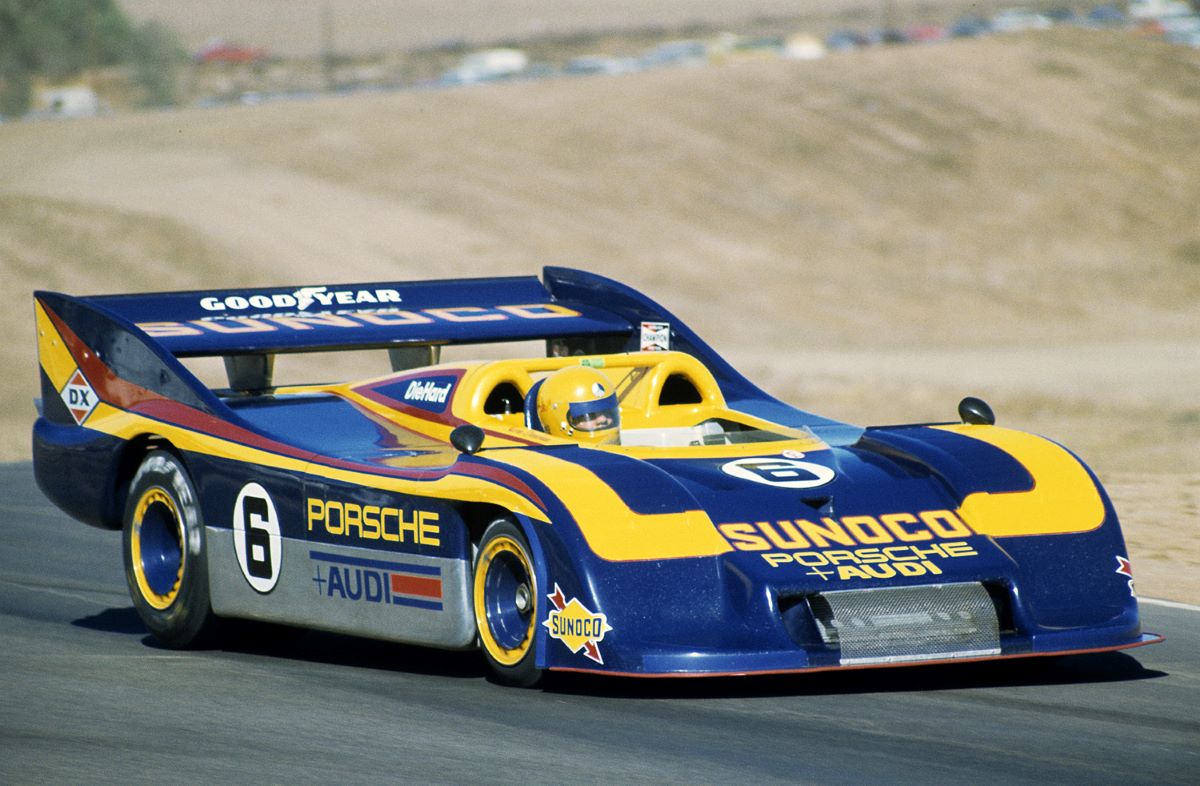
The 917’s Racing Legacy: Triumph and Tragedy
The Porsche 917’s debut at the 1969 24 Hours of Le Mans was a pivotal moment in the car’s history. It was the beginning of a new era for Porsche in endurance racing. The car’s engineering was finally honed to perfection, and it was ready to challenge the best in the world.
In 1970, Porsche achieved its first victory at Le Mans with the 917, marking a historic milestone in the company’s racing legacy. The victory was hard-earned, with Porsche’s 917 securing first place and proving that the car’s potential had been fully realized.
However, success on the track was not without its challenges. The 917’s rapid rise to dominance was marred by controversy, as its power and speed made it a dangerous competitor. The car’s handling was often unpredictable, and it gained a reputation for being difficult to drive.
Tragically, the high-speed nature of endurance racing took its toll, with several high-profile accidents involving 917s. One of the most notable was the death of driver Jo Siffert in a crash during the 1971 season. These tragic incidents raised questions about the safety of the 917 and led to a re-evaluation of the car’s place in the racing world.
Despite these issues, the Porsche 917 continued to win races and establish its legacy in the automotive world. However, after a relatively short racing career, the 917 was retired from competitive racing by Porsche in the early 1970s. This marked the end of an era for the car, and many of the 917s were either dismantled, sold to private collectors, or hidden away in storage. This shift marked the beginning of the car’s mysterious disappearance from public view.
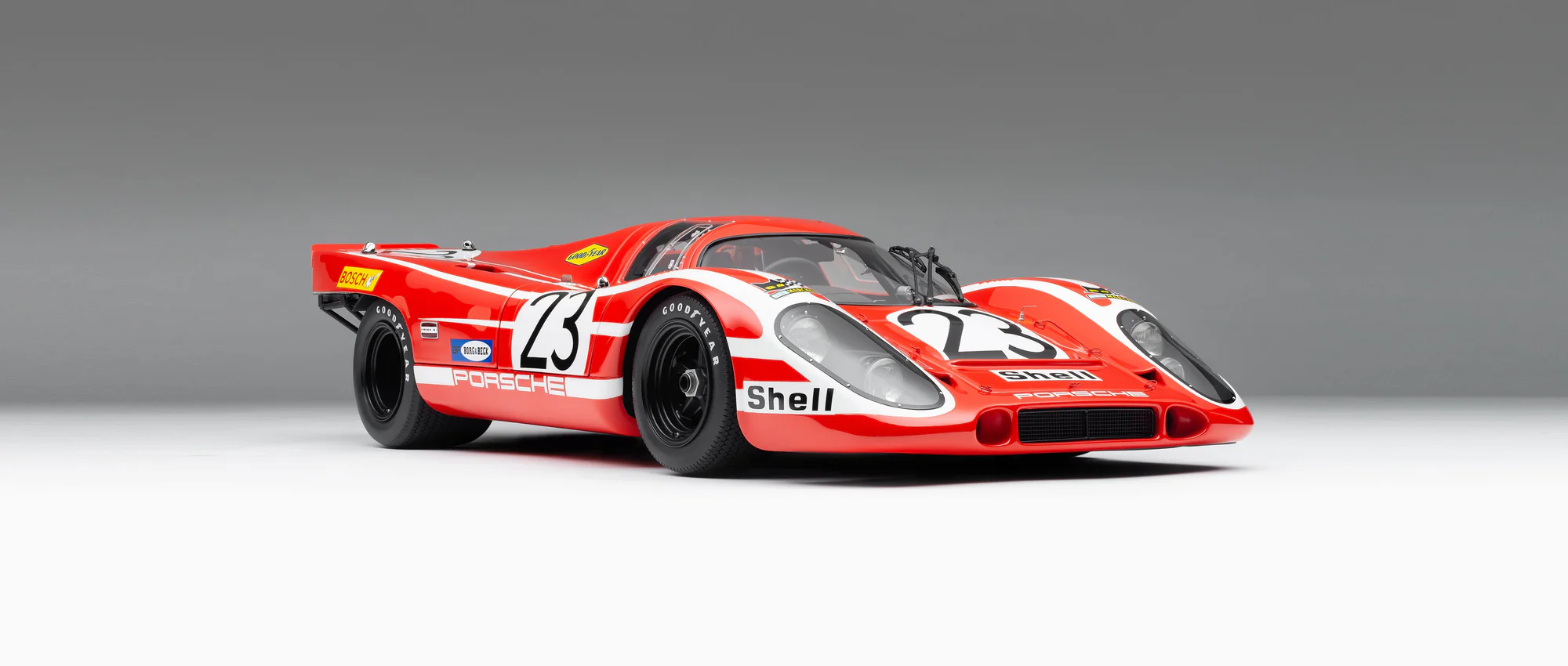
The Mystery of the Hidden Porsche 917
As the 917’s racing career wound down, its fate became uncertain. Porsche’s decision to retire the 917 from active competition was, in part, due to the car’s complex nature and the need for constant development and adjustments. However, the car’s mystique also played a role in its disappearance.
After the 917’s retirement, Porsche decided to store many of the cars in private collections, either kept out of sight or hidden in plain sight, with some vehicles completely vanishing from the public eye for decades.
For years, the whereabouts of some 917 models remained a closely guarded secret. A combination of factors contributed to the 917’s hiding, including the desire to maintain the car’s exclusivity and rarity. In the high-stakes world of motorsport, the preservation of a car’s legacy was as important as its actual performance.
By hiding away certain models, Porsche was able to keep the 917’s mystique intact and protect its status as one of the most coveted vehicles in history. The decision to conceal the 917 also reflected the competitive nature of the automobile industry, where information about rare models was closely controlled to maintain their value.
In addition to Porsche’s efforts to maintain control over the 917’s image, the car was also caught up in the larger dynamics of the automotive world. As racing regulations evolved and new models were introduced, the 917 was overshadowed by newer cars.
The evolution of technology and racing strategies led to the creation of more advanced vehicles, and the 917 gradually faded into the background. As time passed, the car became more of a legend, with stories of its performance and rarity fueling its mystique.
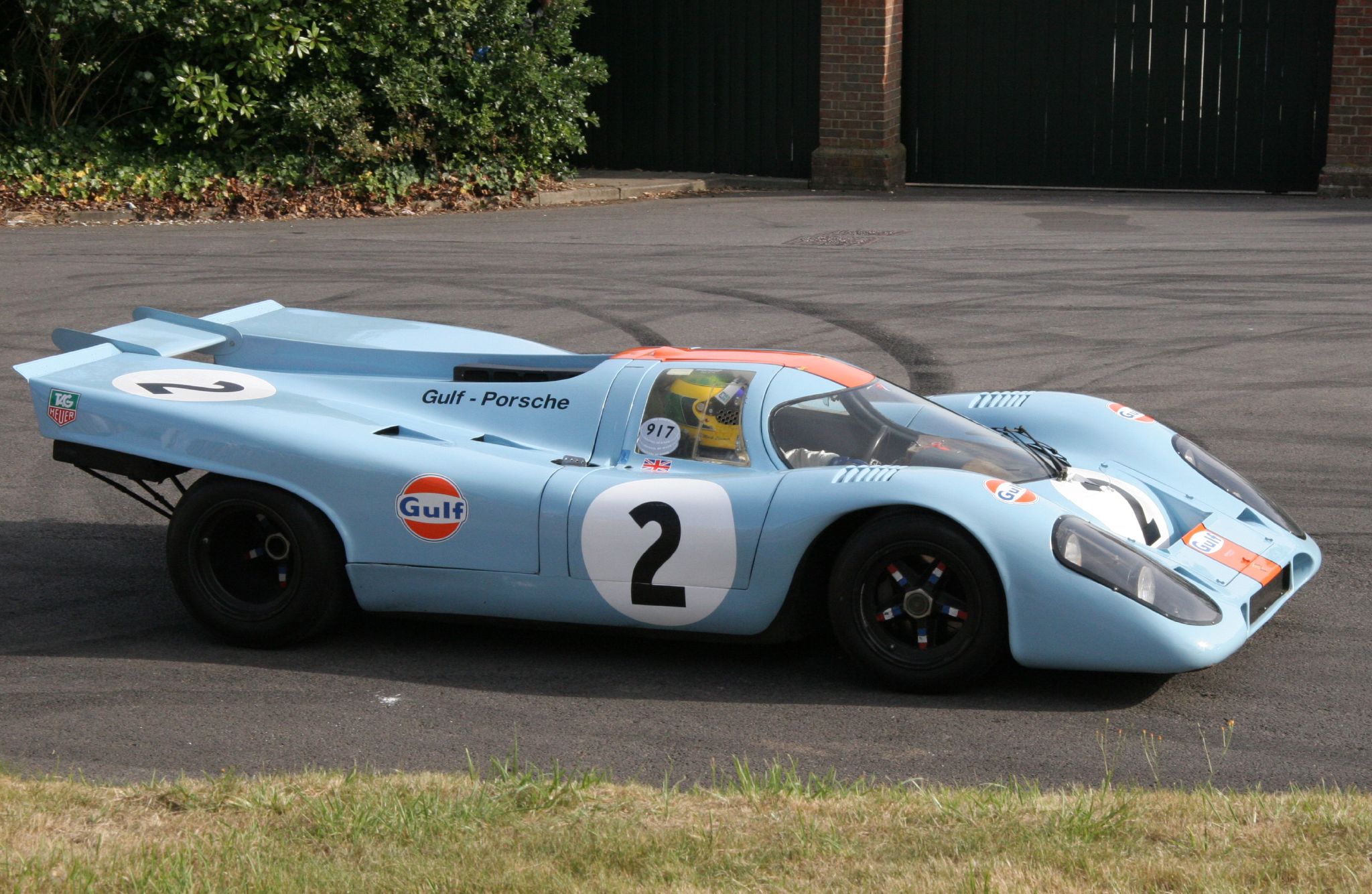
The Rediscovery of the Porsche 917: An Icon Reborn
The mystery surrounding the hidden Porsche 917 persisted until the early 2000s, when some of these legendary cars were rediscovered. As the car’s legacy continued to grow, collectors and enthusiasts became increasingly determined to find out what had happened to the missing models.
The Porsche 917 was no longer just a racing icon; it had become a symbol of automotive history, and its rediscovery would be a monumental event in the world of classic cars.
In the 21st century, the Porsche 917 began to emerge from its years of hiding. Some were found in private collections, while others resurfaced at auctions or were restored to their former glory. These rediscoveries sparked a renewed interest in the car, with collectors willing to pay astronomical sums for a chance to own a piece of history.
The 917’s reappearance was not just about the cars themselves, but also about the stories they carried with them – stories of racing triumphs, technological innovations, and the legacy of Porsche’s enduring influence on the automotive world.
The rediscovery of the Porsche 917 also marked a new chapter in its legacy, with many models now displayed in museums and showcased at high-profile events. The car’s mystique, enhanced by its years of hiding, only added to its allure. Today, the Porsche 917 is one of the most valuable and sought-after cars in the world, with enthusiasts and collectors clamoring to own a piece of its storied history.
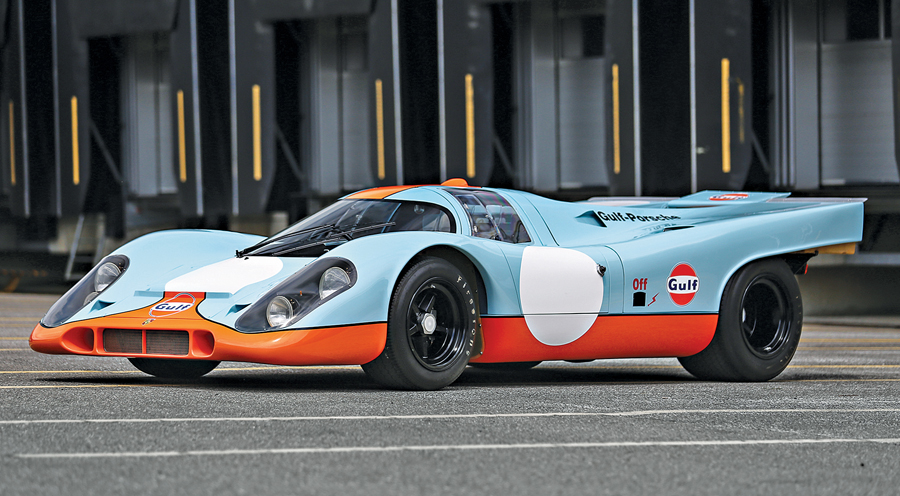
The Enduring Allure of the Porsche 917
The story of the Porsche 917 is one of mystery, innovation, and legacy. From its birth as a racing prototype to its years of secrecy, the 917’s journey through history is as fascinating as the car itself. The decision to hide the 917 for decades was not one of neglect but rather a strategic move to preserve its mystique and ensure its place as one of the most legendary cars in the automotive world.
Today, the Porsche 917 remains a symbol of Porsche’s engineering prowess and its commitment to pushing the boundaries of performance. The car’s rediscovery has only added to its status as one of the most iconic vehicles in history, ensuring that the 917 will be remembered for generations to come.
What makes the Porsche 917 so special, even decades after its original release, is the combination of its technical achievements and the cultural significance it holds within the automotive and motorsport communities. The car was far ahead of its time, setting new standards for performance, engineering, and design.
It was not merely a race car; it was a symbol of an era when Porsche’s racing program was making history on the global stage. The fact that it achieved such legendary status, both for its performance and for the secrecy that surrounded its later years, only enhances its appeal to collectors, car enthusiasts, and historians alike.
The 917’s return to the spotlight also reflects broader trends in the classic car market, where vehicles with rich racing histories and unique backstories often command astronomical prices. For collectors, owning a Porsche 917 is about more than just possessing a rare car—it’s about owning a piece of automotive history that represents the pinnacle of Porsche’s engineering, innovation, and legacy.
The fact that the car was hidden away for so long only adds to its allure, transforming it from a vehicle of elite performance to a treasure that many believed had been lost to time. As a result, the 917 has become not just a rare find but a coveted object of desire, attracting buyers from all corners of the globe.
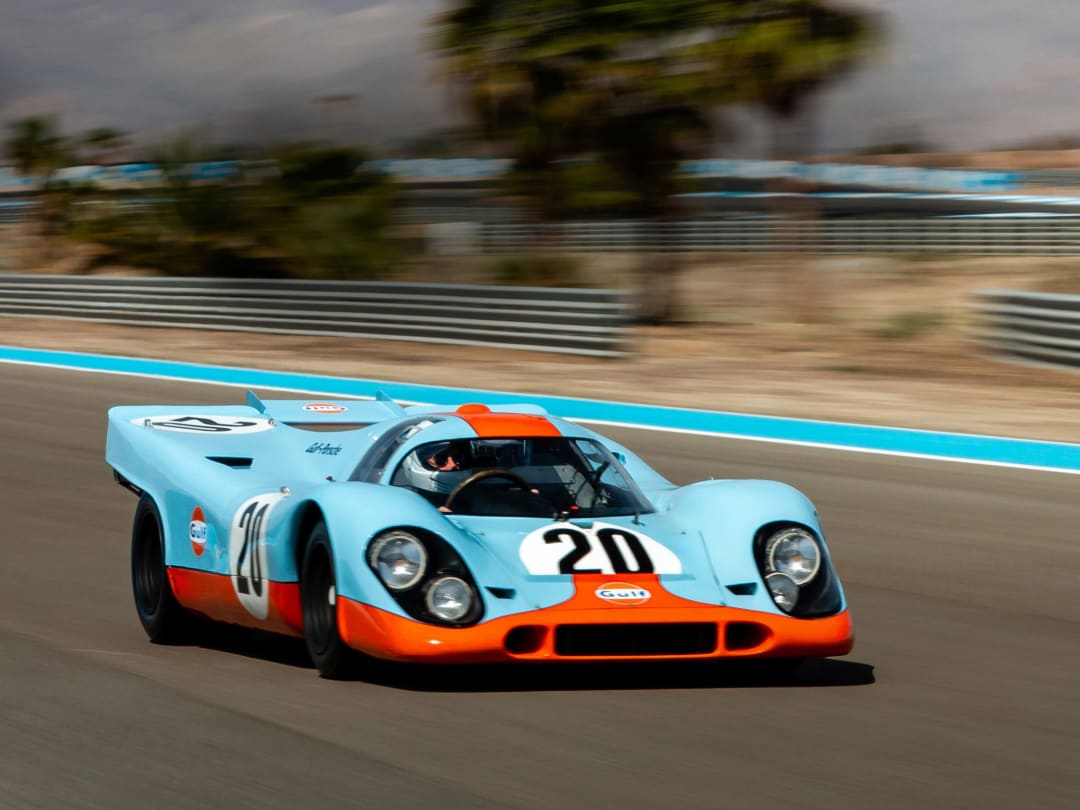
Porsche’s decision to hide the 917 also speaks to the brand’s unique relationship with its cars and their legacy. Unlike many manufacturers, Porsche has often chosen to maintain a certain level of mystery and exclusivity around its most iconic models.
This practice has only amplified the mystique of the 917, reinforcing the idea that these cars are not just machines but rare artifacts with stories waiting to be told. Even though Porsche’s decision to retire the 917 from racing was driven by practical considerations, the secrecy surrounding the car ensured that it would eventually be regarded as one of the most enigmatic and sought-after automobiles of all time.
Moreover, the impact of the Porsche 917 extends far beyond the world of motorsport. Its influence on automotive design is still felt today, particularly in the development of lightweight construction, aerodynamics, and engine performance.
The car’s success at Le Mans not only cemented Porsche’s reputation as a leader in endurance racing but also shaped the trajectory of sports car engineering for decades to come.
Innovations pioneered by the 917, such as its unique rear-engine layout and the use of lightweight materials, set the stage for the development of future Porsche models, including the 911 and the 918 Spyder, both of which have carried on the brand’s racing legacy.
As the years go by, the Porsche 917 continues to be a testament to what happens when innovation, passion, and secrecy combine to create something truly extraordinary. Its journey from racing legend to hidden treasure and finally to rediscovery reflects a larger narrative about how great achievements sometimes remain hidden, only to be uncovered when the time is right.
Also Read: The Most Overengineered Cars in History (That You Can Still Buy) and Why They Still Matter Today
For those who were fortunate enough to witness the 917’s racing career firsthand, and for those who are only now discovering its story, the Porsche 917 remains a testament to the perseverance of those who built it and the indelible mark it has left on the automotive world.
The Porsche 917 embodies everything exciting and timeless about classic cars. It’s a beautiful blend of form, function, and history. The decision to hide it for so long only amplified its legend, and today, the 917’s enduring allure ensures that it will continue to be a symbol of Porsche’s engineering excellence for generations to come.
Its rarity, combined with its undeniable connection to Porsche’s history, ensures that the 917 will always be more than just a car—it will remain a story, a mystery, and a piece of racing history for the ages.
